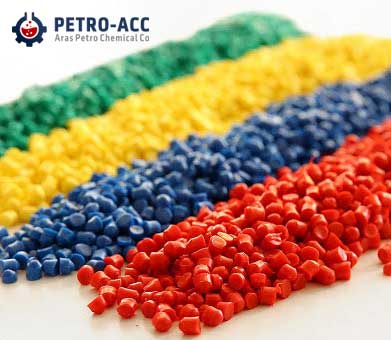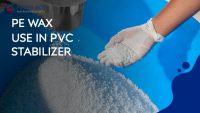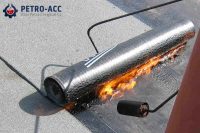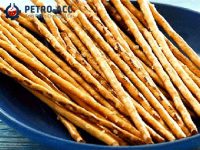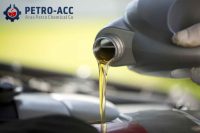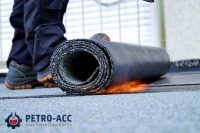PE WAX in Master Batch is commonly used as an additive in the master batch. Here are some benefits of using PE wax in masterbatch:
- Improved dispersion: PE wax can improve the dispersion of pigments, fillers, and other additives in the polymer matrix. This can lead to a more uniform color distribution and better overall product quality.
- Enhanced processing: PE wax can reduce the processing temperature and viscosity of the polymer, making it easier to process and reducing energy consumption. This can also improve the surface finish of the final product.
- Increased lubrication: PE wax can act as a lubricant, reducing the friction between the polymer and the processing equipment. This can reduce wear and tear on the equipment, prolong its lifespan, and improve efficiency.
- Better mechanical properties: PE wax can improve the mechanical properties of the final product, such as its hardness, impact resistance, and scratch resistance.
-
- Cost-effective: PE wax is a cost-effective additive compared to other additives commonly used in masterbatch, such as titanium dioxide or carbon black. This can help to reduce production costs while maintaining quality.
The use of PE wax in masterbatch can provide a range of benefits that can improve product quality, efficiency, and cost-effectiveness.
Masterbatch Production Methods With PE WAX
Masterbatch is a concentrated mixture of pigments, additives, or other materials used in the plastic industry to color or modifies the properties of plastic resins during manufacturing. PE wax, or polyethylene wax, is a type of wax that is commonly used as an additive in masterbatch production to improve the processing and surface properties of the final product.
There are several methods for producing masterbatch with PE wax, including:
- Dry blending: This method involves mixing the PE wax with the other additives or pigments in a high-intensity mixer, such as a twin-screw extruder or a ribbon blender. The mixture is then fed into the plastic resin during the manufacturing process.
- Melt compounding: In this method, the PE wax and other additives or pigments are fed into a single-screw or twin-screw extruder, where they are melted and mixed with the plastic resin. The resulting melt is then pelletized and used as a masterbatch.
-
- Solvent blending: This method involves dissolving the PE wax and other additives or pigments in a suitable solvent, such as toluene or xylene, and then mixing the solution with the plastic resin. The solvent is then evaporated, leaving behind the master batch.
- In-situ polymerization: This method involves polymerizing the PE wax and other monomers in the presence of the plastic resin to form a master batch. This method is typically used for specialty applications, such as in the production of conductive or flame-retardant plastics.
Each method has its own advantages and disadvantages, depending on the specific requirements of the masterbatch and the manufacturing process. Dry blending and melt compounding are the most commonly used methods for producing masterbatch with PE wax.



